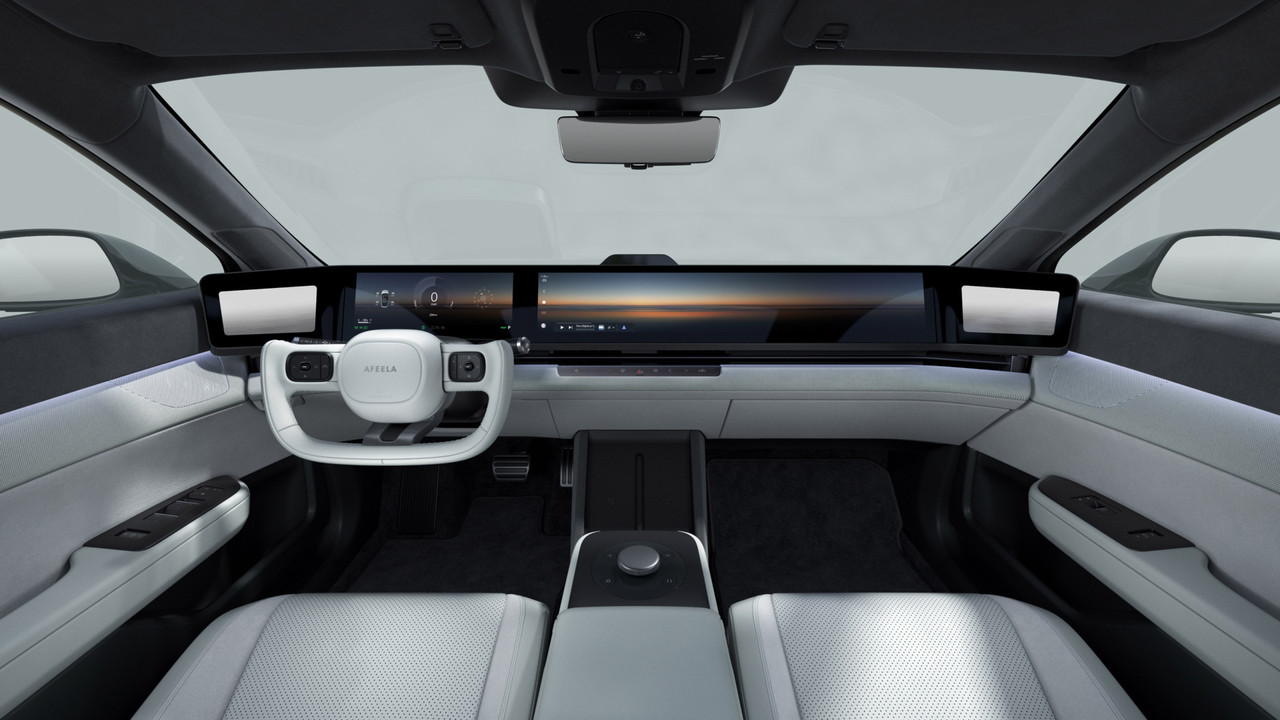There was autonomous car and autonomous car, the one that was at level 2 and the one that was at level 3 out of the five levels (with level 5 being the ultimate grail of the sector). With the Land Aircraft Carrier, there are now autonomous cars, autonomous cars and... autonomous cars. The concept car from China’s Xpeng is ready for takeoff. The group claims to already have 3,000 orders for this pocket-sized helicopter, which should be marketed in China in 2026, before considering an international launch. This idea is in line with the development of machines that will not only move horizontally, but also vertically and horizontally, and that will have to comply with regulatory constraints in order to circulate over our heads.
“Xpeng is at the heart of a revolution in mobility,” said Brian Hongdi Gu, honorary vice chairman of the board of directors and co-president. “The future of mobility goes beyond cars. Whether people want to travel by car, plane or other means, we aspire to change what is possible.”

Xpeng;s second prototype aroused even more curiosity among visitors to the world’s largest technology show. Photo: Xpeng
Waymo to launch in Japan; but what about Europe?
Google’s autonomous vehicle subsidiary Waymo unveiled the sixth generation of its robot taxis, built in partnership with China’s Zeekr. It has more sensors and the ability to self-clean in adverse weather conditions. This new model will gradually arrive on Californian roads, where legislation is less restrictive for autonomous vehicles. The American group also took the opportunity to talk about its ambition to eventually eliminate all steering wheels and pedals from these vehicles.
In a study published at the end of the year, Waymo, which is set to launch in Japan this year, compared Waymo’s liability claims to human driver benchmarks, which are based on Swiss Re data from more than 500,000 claims and over 200bn kilometres of exposure. It revealed that the Waymo Driver demonstrated better safety performance compared to human-driven vehicles, with an 88% reduction in property damage claims and a 92% reduction in personal injury claims. In real terms, over 25.3m kilometres, the Waymo Driver has only been involved in nine property damage claims and two personal injury claims. The two personal injury claims are still ongoing and are described in the document. For the same distance, human drivers are expected to have 78 property damage claims and 26 personal injury claims.
At the same time, Sony presented the Afeela 1, its first semi-autonomous car built with the support of Honda. However, this car will not be available until 2026, and then only in California. It combines technologies from Here Technologies, a data and location technology platform, Here Navigation SDK for the digital cockpit and Here SDK Explore for its mobile application, powered by Here’s unified mapping architecture.

Sony is counting on the centre console to renew the experience of driving a car built by Honda. Photo: Afeela
For its part, Japanese manufacturer Suzuki promoted the Applied EV, a kind of autonomous electric trailer capable of transporting a variety of goods, mainly in warehouses or large spaces such as ports or airports. Artificial intelligence is also continuing to make inroads in agriculture, with the American company John Deere announcing the forthcoming launch of its second generation of autonomous tractors and farm machinery. Here again, we will have to wait several months before seeing these products on the market.
Announcements of partnerships with Amazon Web Services (AWS), Nvidia and Intel have also multiplied, confirming the need for collaboration to integrate new technological tools into these new-generation vehicles, says the Belga agency in a dispatch.
Safety in the spotlight
Carmakers are also putting safety at the forefront of their innovations. Hyundai and Samsung have each presented a concept for a holographic display on the front windscreen, which aims to help the vehicle’s driver avoid distractions. Hyundai also unveiled a scanner for the driver’s vital signs, which will automatically adjust brightness or seat and steering wheel settings to prevent the driver from becoming stressed or tired. However, these concepts are not expected to be on the road before 2027 at the earliest.
As well as carmakers, companies specialising in cameras and sensors are also out in force at CES to promote their tools. Danger detection, fatigue detection, safety reminders--vehicles are now veritable arsenals of technology, increasingly aiming for semi-autonomy.
Nvidia CEO Jensen Huang announced the Hyperion 9 chip, capable of processing data from 12 cameras, nine radars, one lidar and 12 ultrasonic sensors in real time, thereby enhancing the capabilities of autonomous vehicles.
One crucial issue remains: updating road infrastructure. What’s the point of having a lane departure detector if the lines are so badly painted? What’s the point of having a speed limiter if the number of exceptions is so great that even the GPS has trouble keeping up and can put the driver in violation?
This article was originally published in .
